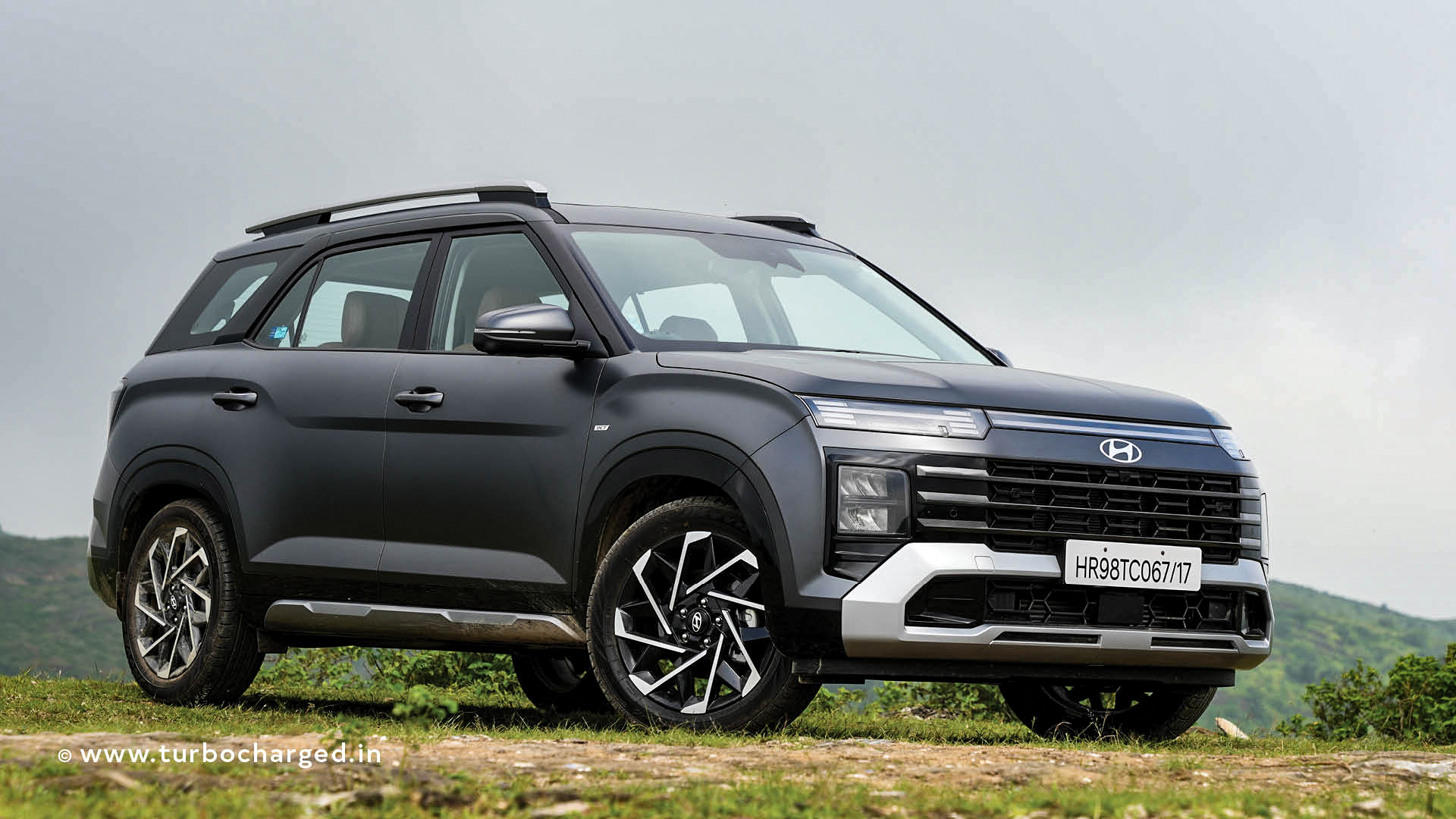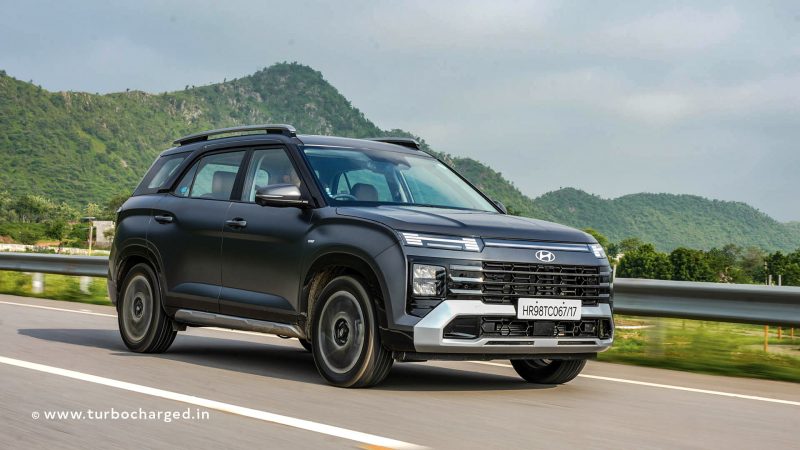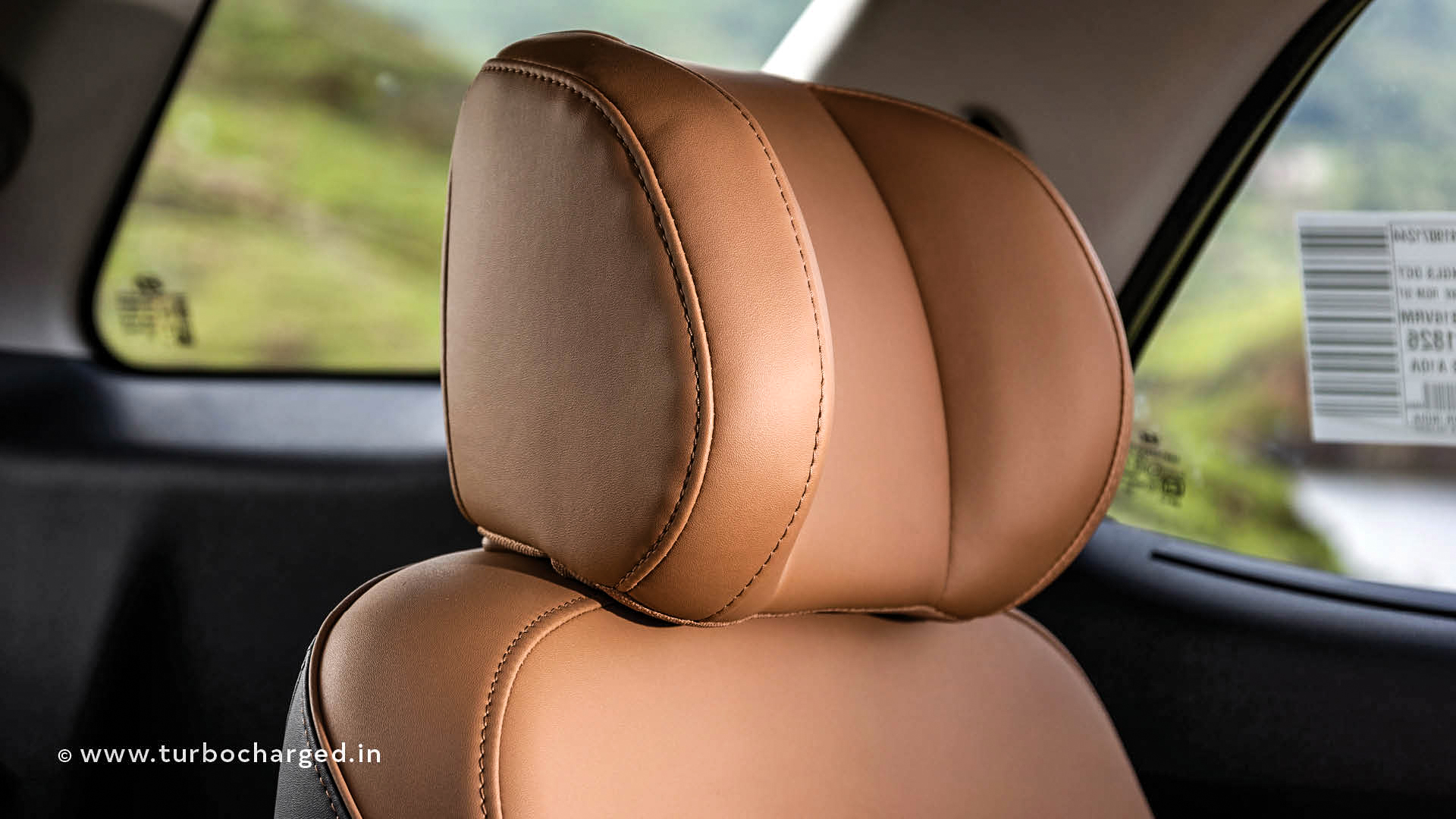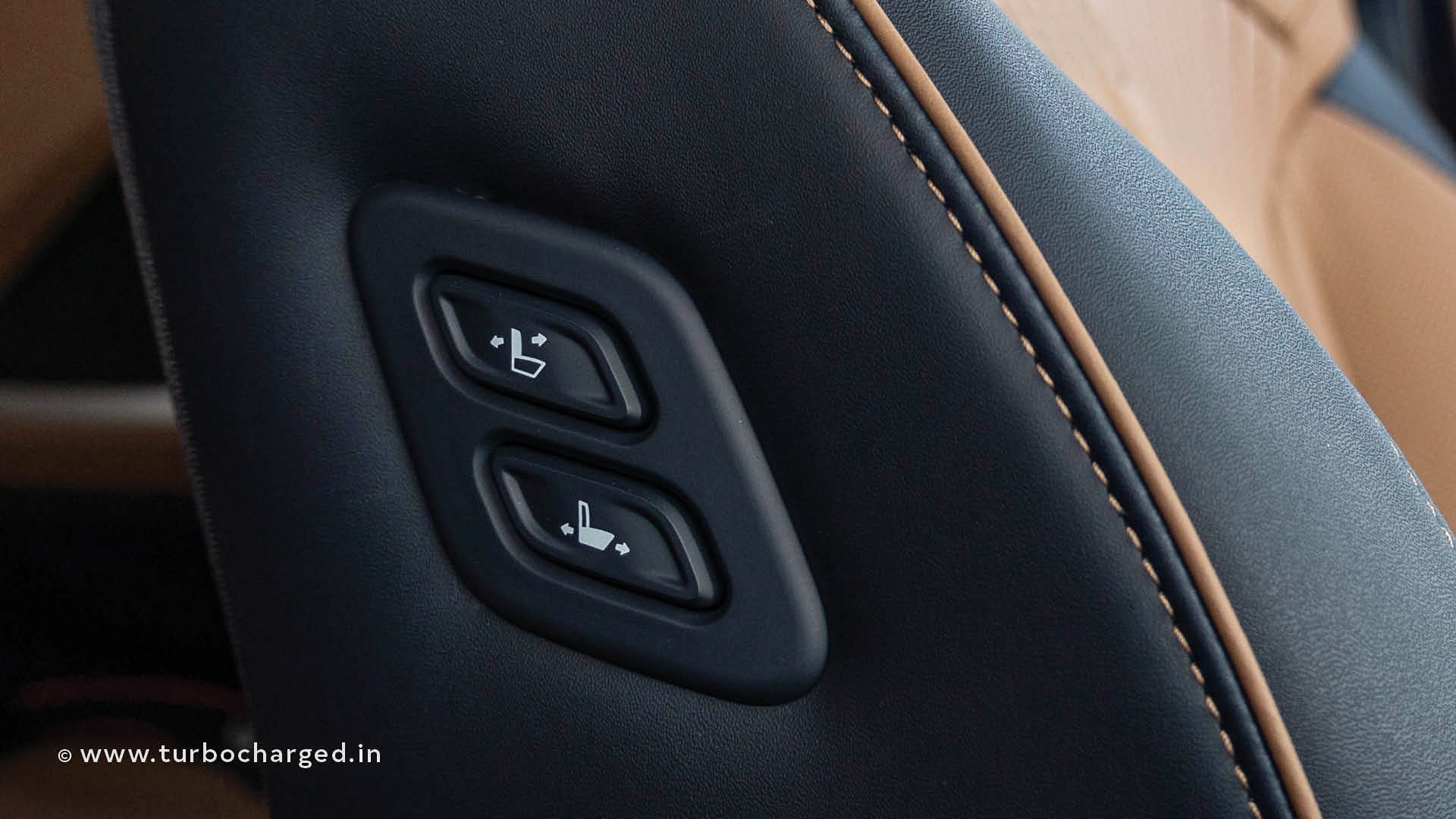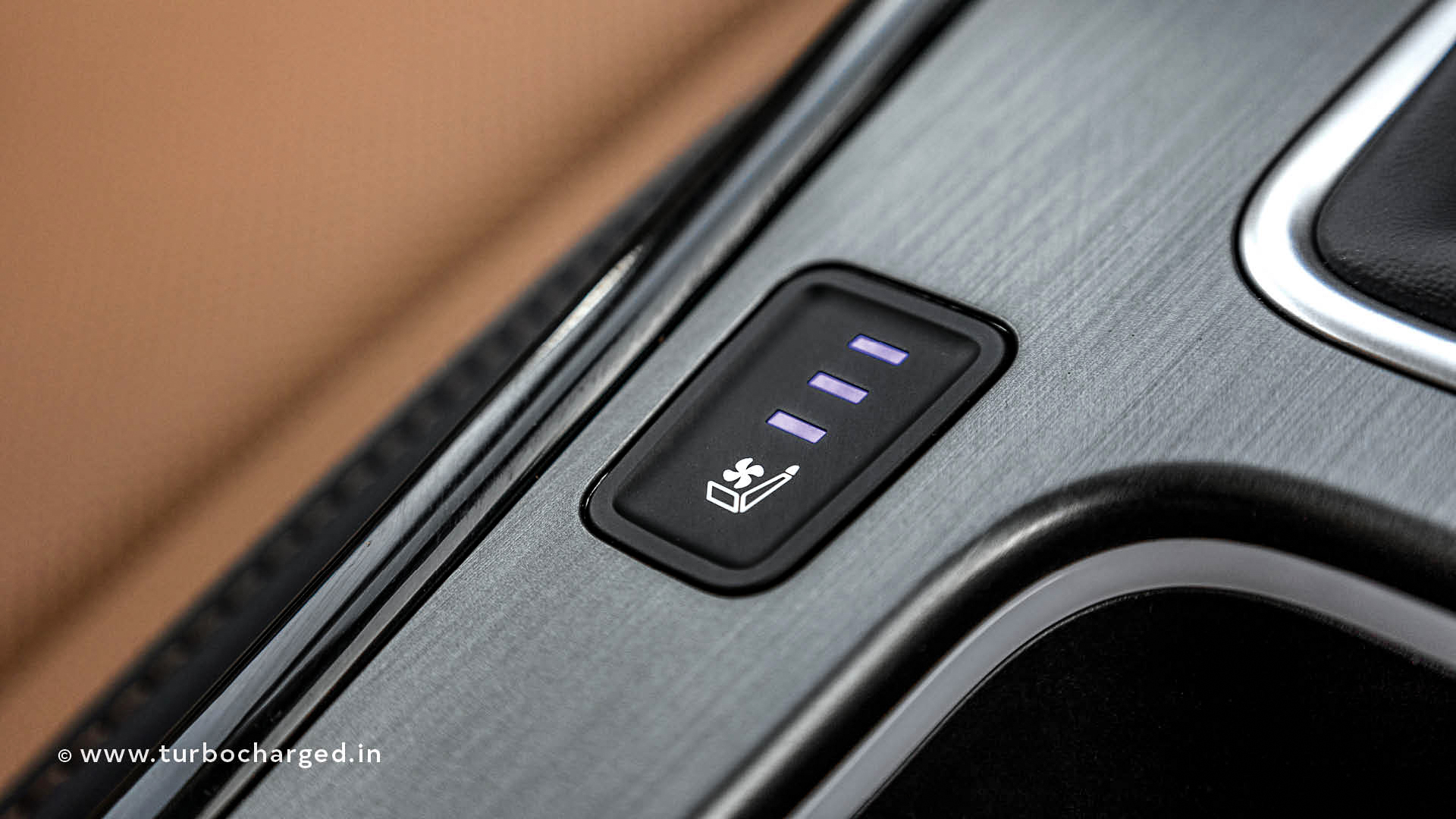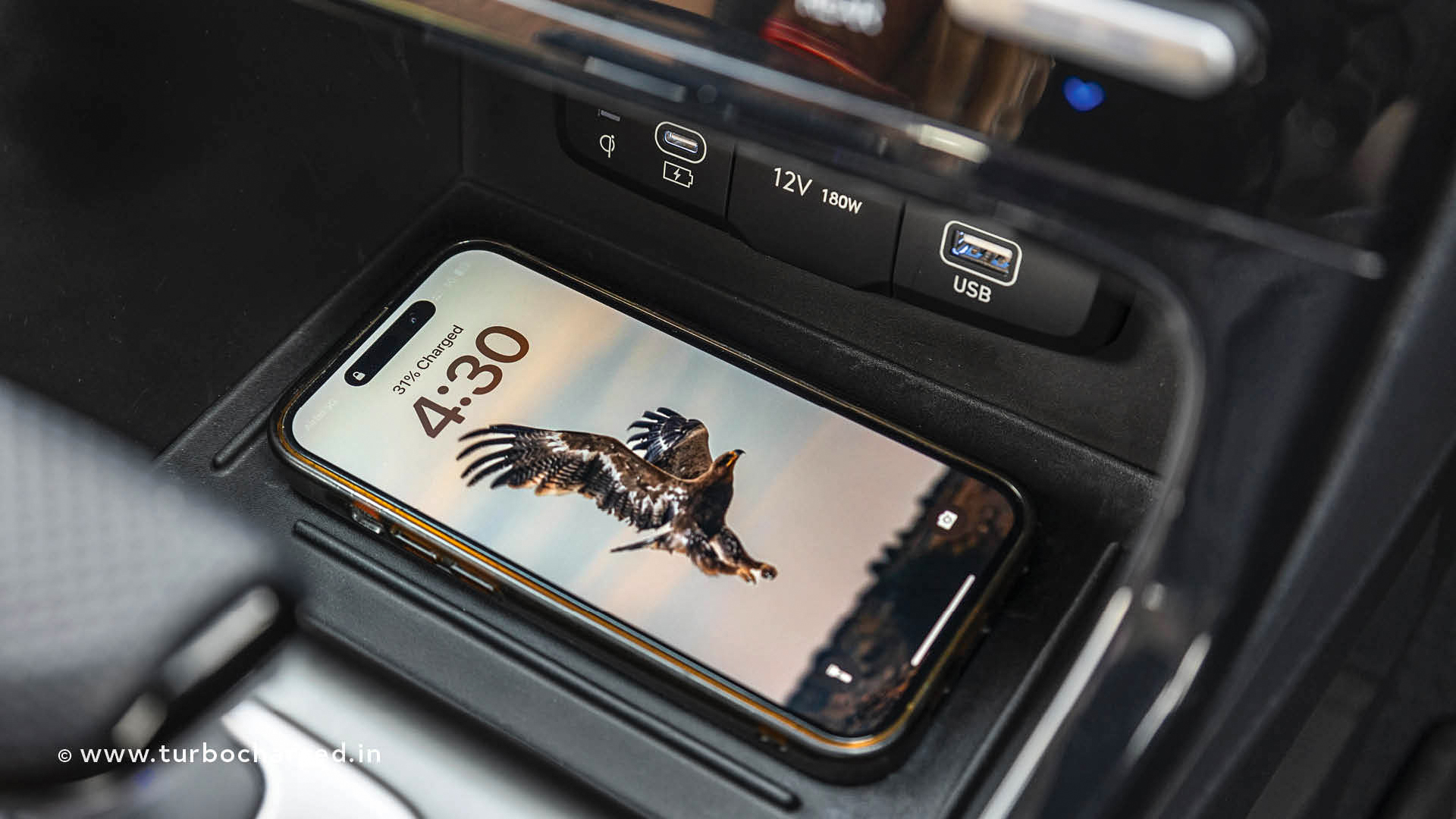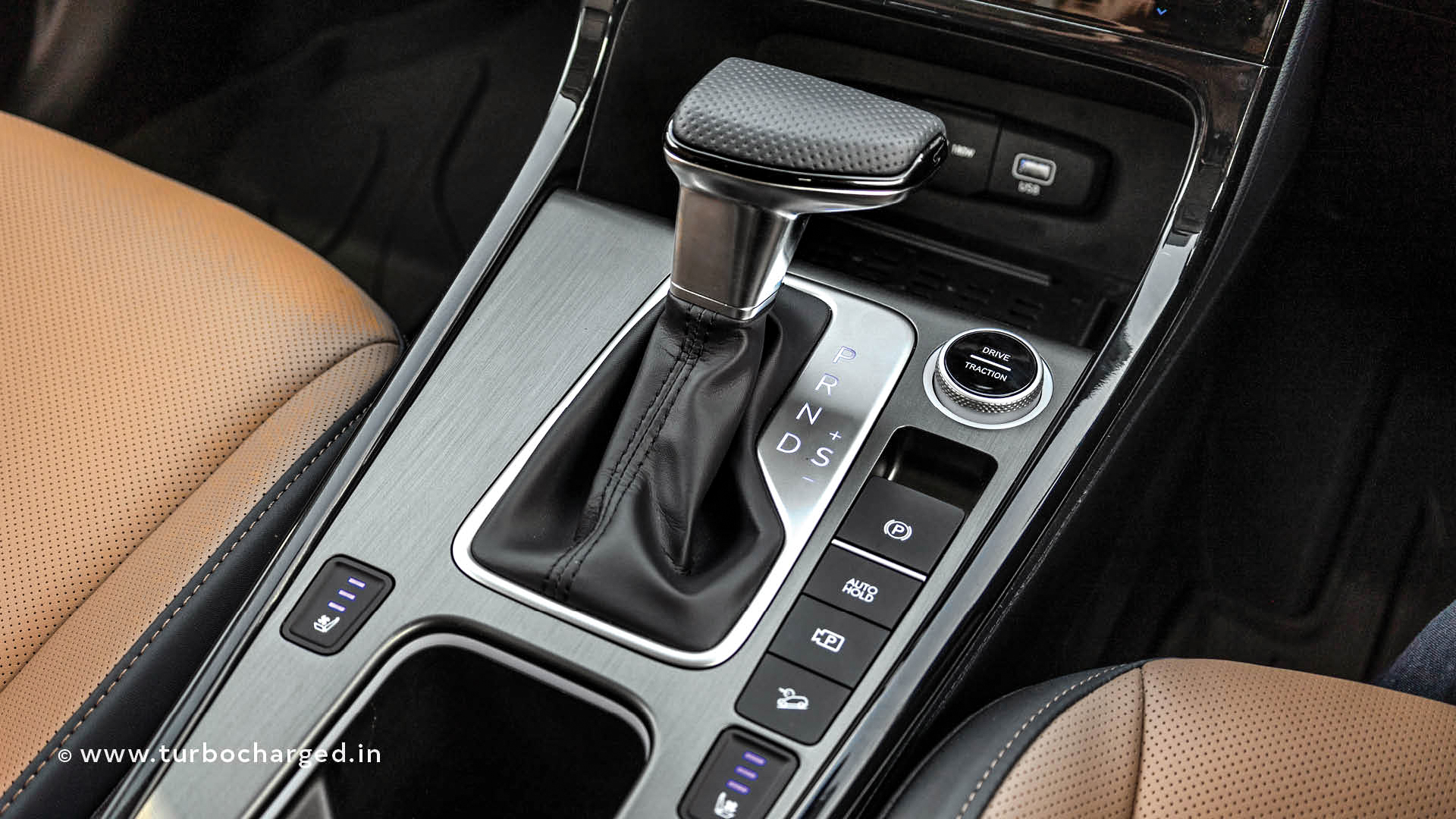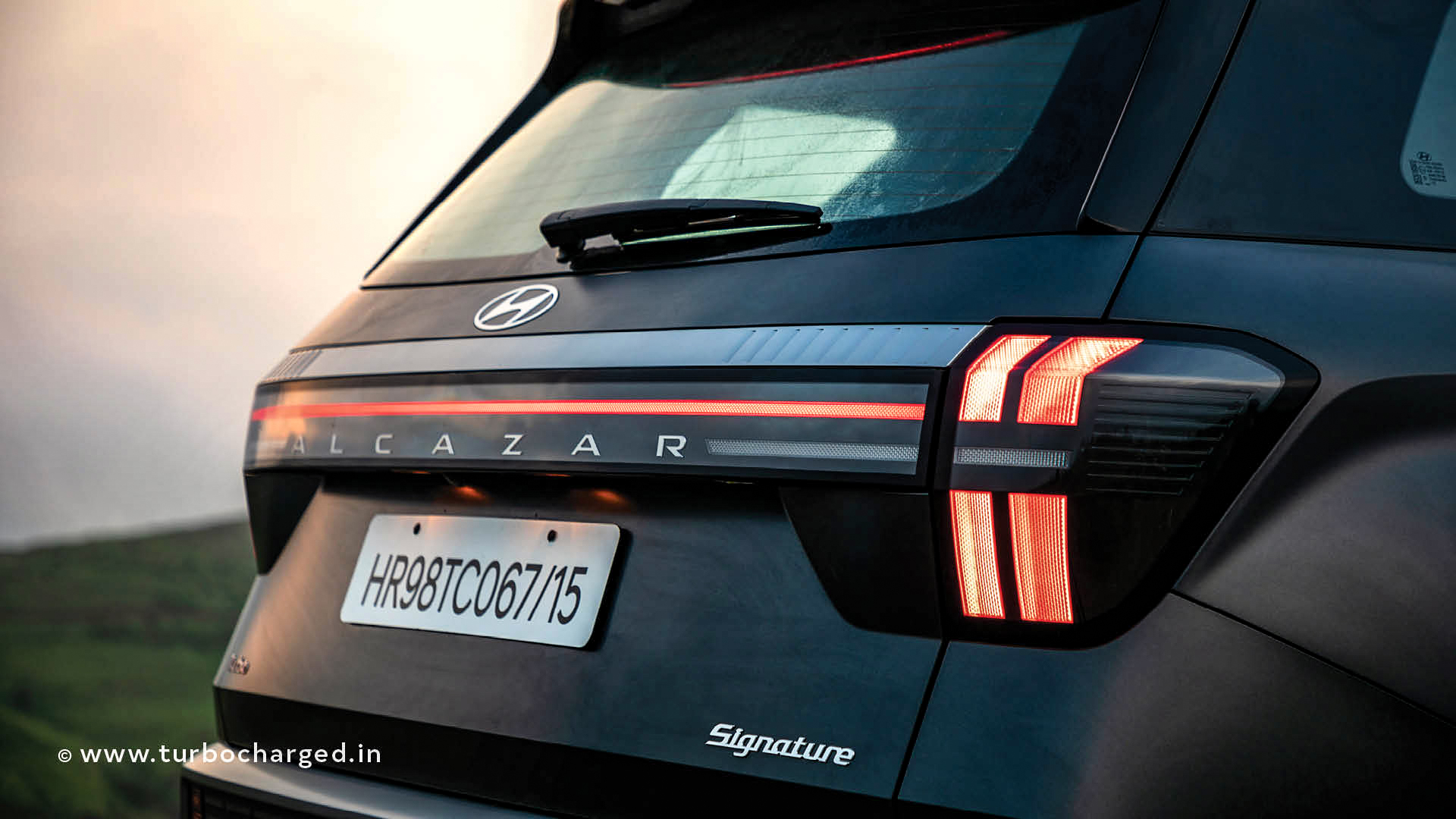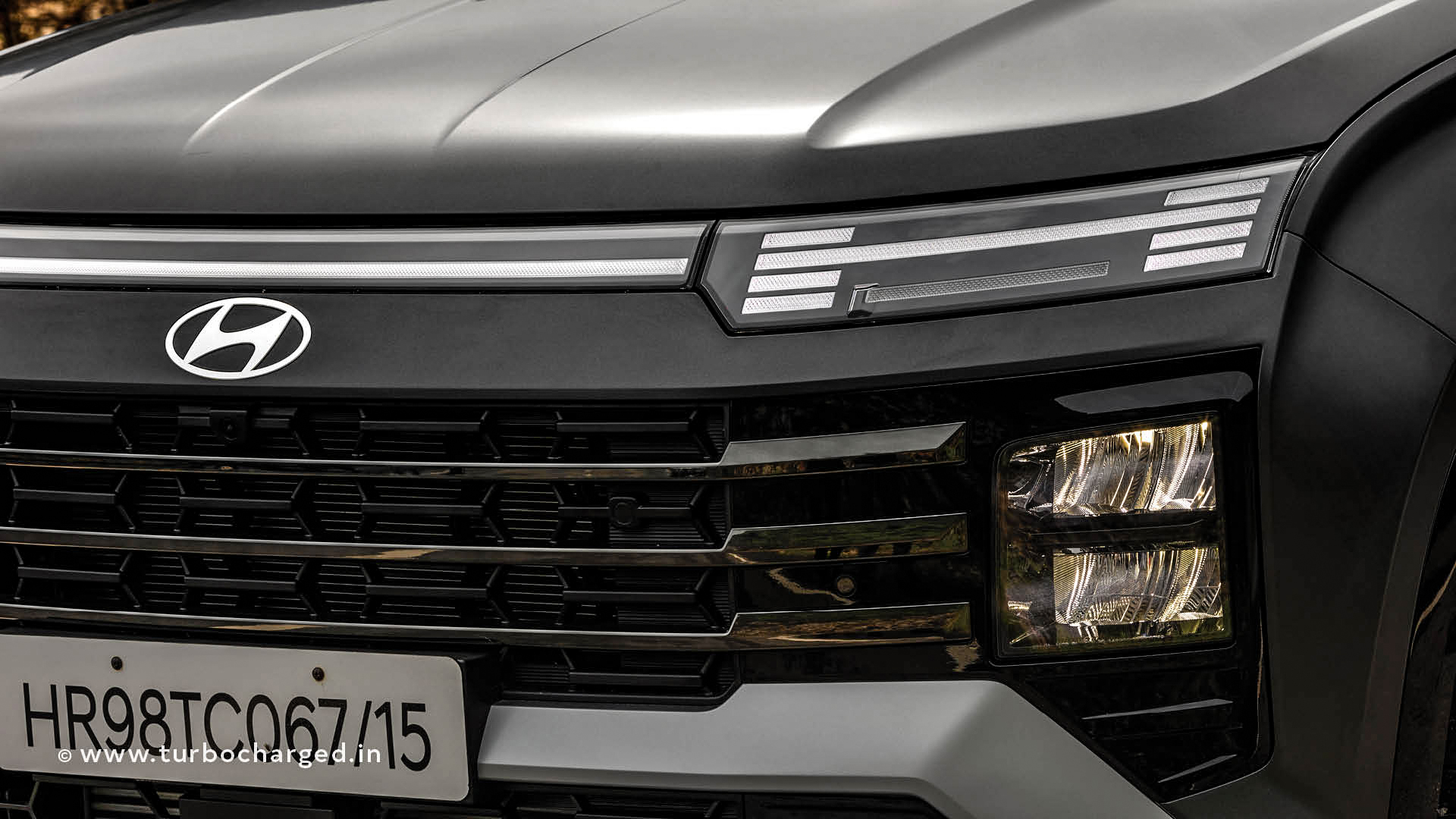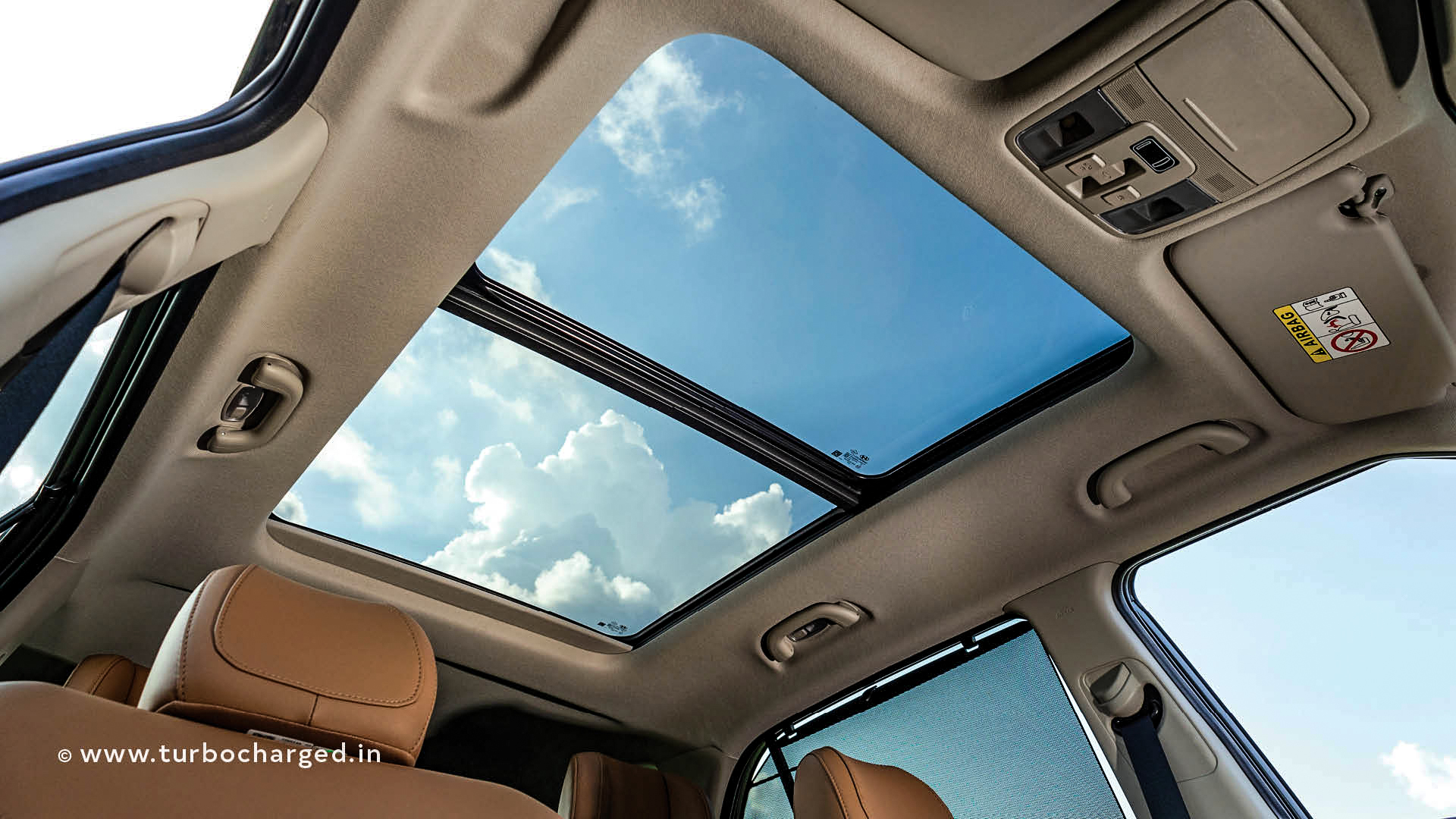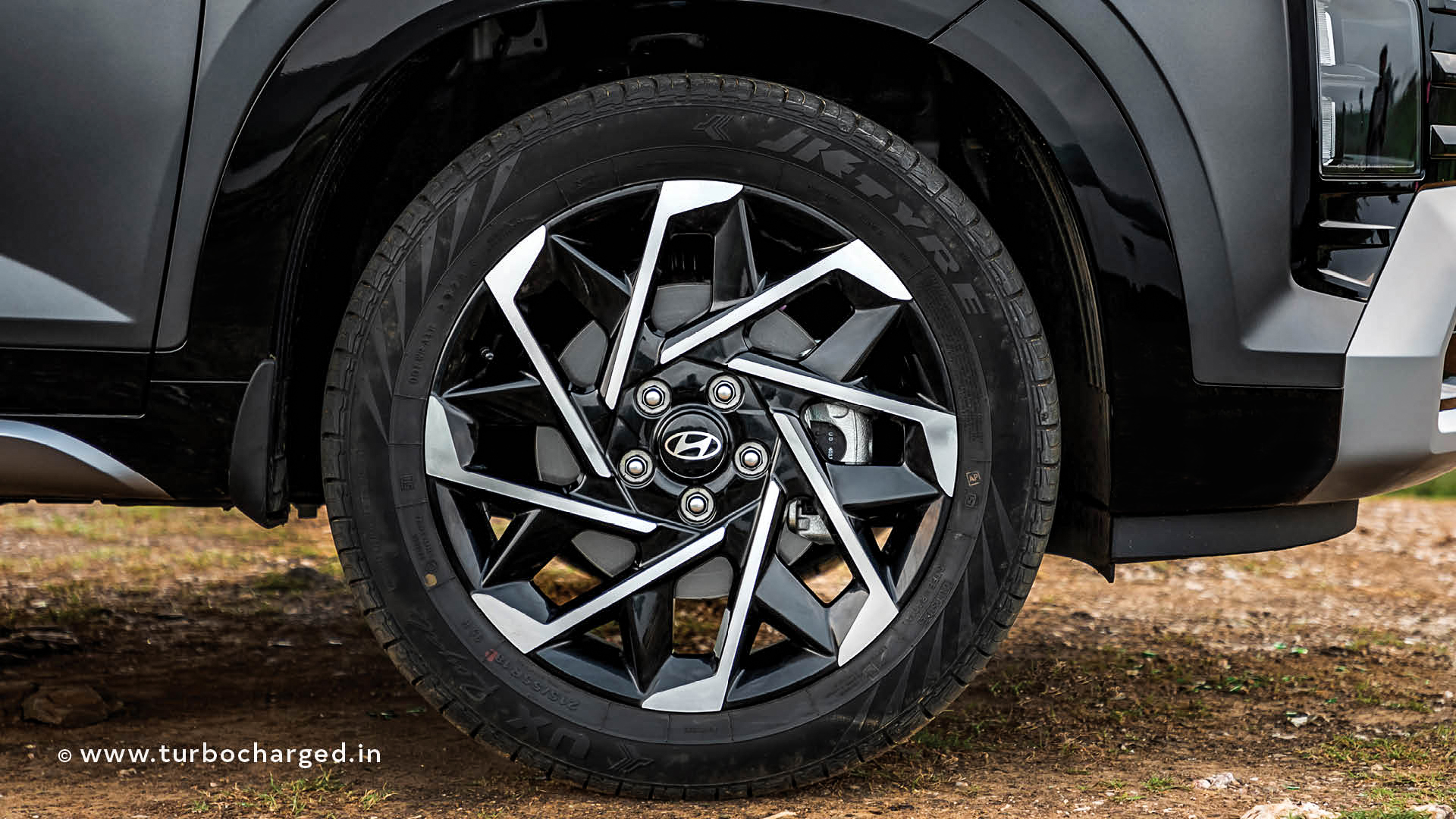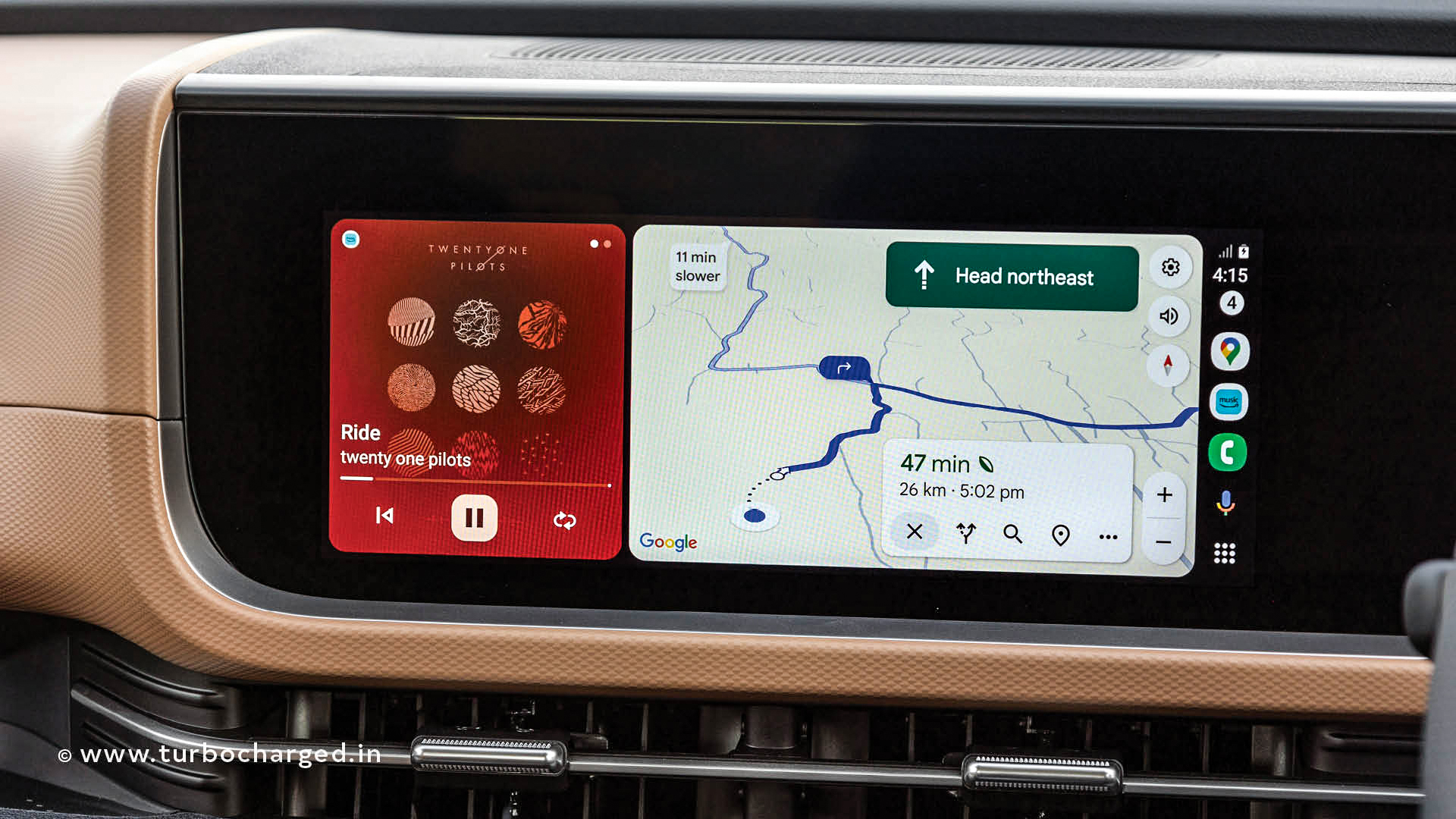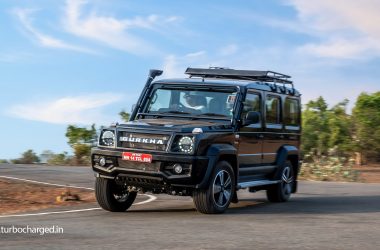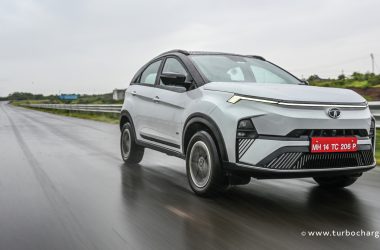Photography: Shrenith Bhandary
As a three-row SUV, the Hyundai Alcazar has carved quite a niche for itself, having caught the fancy of buyers looking for an SUV with more than five seats, or those looking for terrific back seat comfort. And three years after it was launched, the Alcazar gets a midlife update, which we’re told makes it look and feel even more premium. This is an SUV that goes up against names like the Mahindra XUV700, Tata Safari and MG Hector Plus, all of which have been updated in the recent past, though the Alcazar hadn’t really been updated. That said, this midlife update is quite comprehensive, helping the Alcazar get back to what it does best, which primarily is pampering second row occupants.
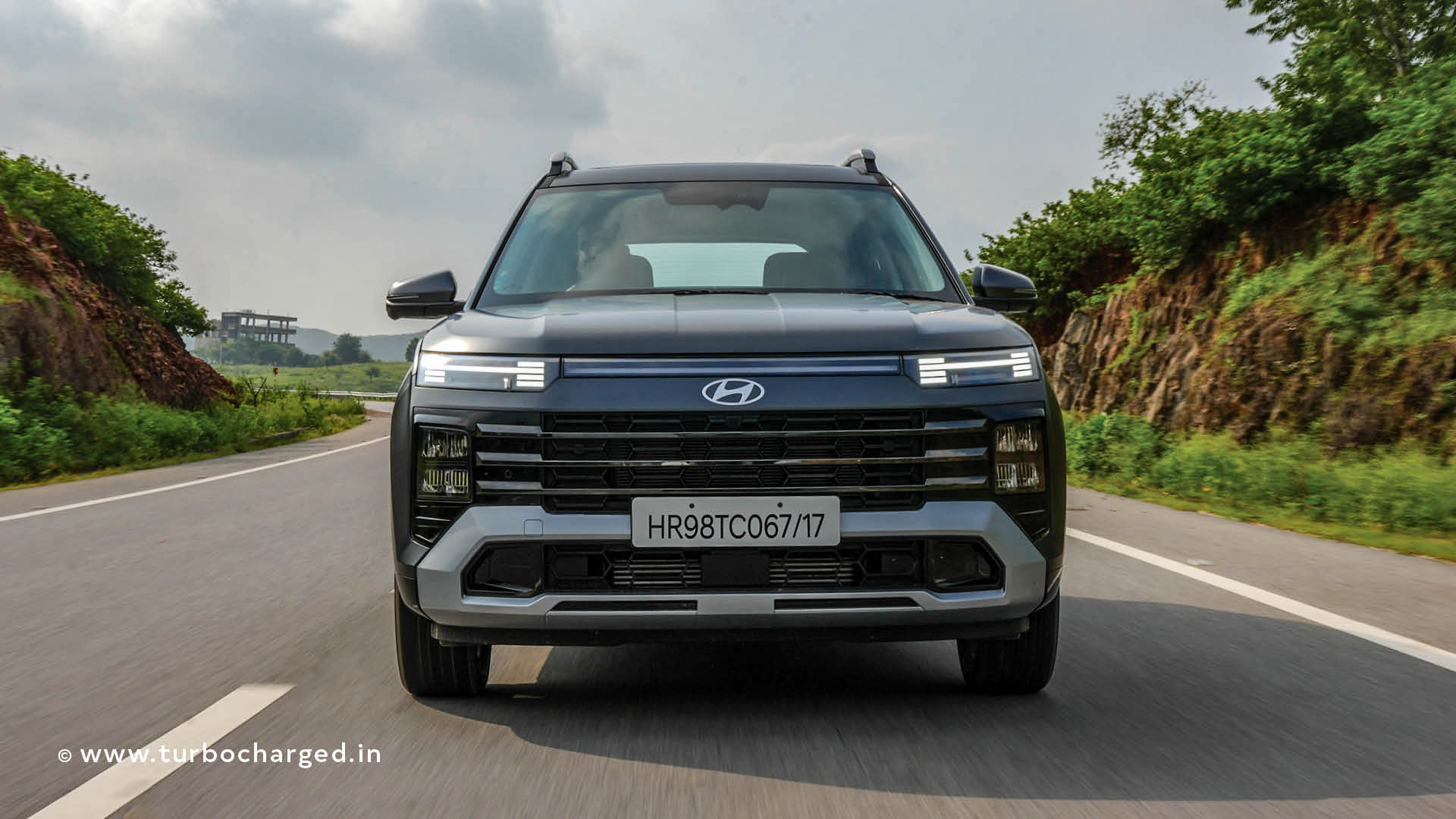
It’s also interesting to note how Hyundai hasn’t just given the Alcazar a cosmetic makeover in the name of a midlife update. The car maker takes its product updates very seriously, something we’ve seen the hugely successful Creta at the start of the year. A lot of the updates to the Alcazar here are also what we’ve seen on the Creta, but like it had done at the time of the Alcazar’s launch, Hyundai has once again ensured the Alcazar stands out and can be distinguished from the Creta easily. This, while also feeling more premium than its five seat sibling! And this is something that’s obvious right from the moment you set your eyes on the updated Alcazar.
So the front end looks nothing like the older Alcazar’s now, which had more than just a passing resemblance to the Creta’s face earlier. And that’s thanks to the H-pattern DRLs that have become a distinct identify for Hyundai’s SUVs, and as is the norm these days, there’s an LED strip connecting them, besides which the grille is now rectangular in shape and gets the dark chrome treatment in typical Hyundai fashion. The headlights are the same as the ones on the updated Creta, but the bumper is different and even gets a faux skid plate for a more rugged look. There’s a significant difference when you look at the Alcazar from the sides too, and a lot of it has to do with the new roof rails and new wheels.
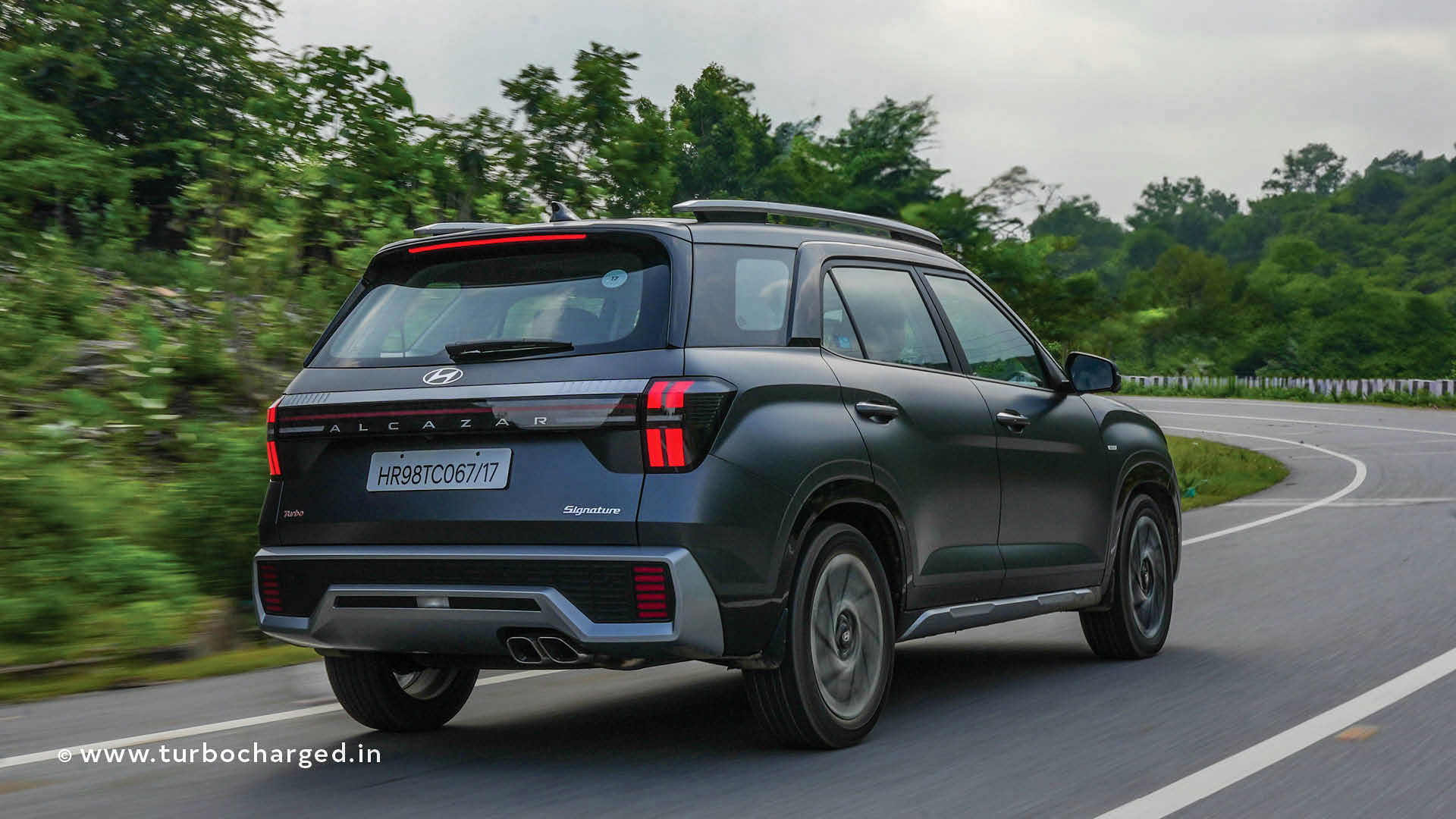
The Alcazar is also 60mm longer, 10mm wider and 35mm taller now, but that’s thanks to the new body panels only, as there are no changes to the underpinnings and the result is a more commanding road presence. There’s a lot going on at the rear too and in fact this is where the Alcazar reminds me of some of the larger SUVs Hyundai sells in international markets. And that’s thanks to the new tail lamp design, the way the Alcazar name is written, the LED strip connecting the tail lamps and even the grey strip of plastic running across the width of the boot lid. Overall the Alcazar looks more striking now, but more importantly it looks more premium now and is one of the best looking SUVs in its segment in my books.
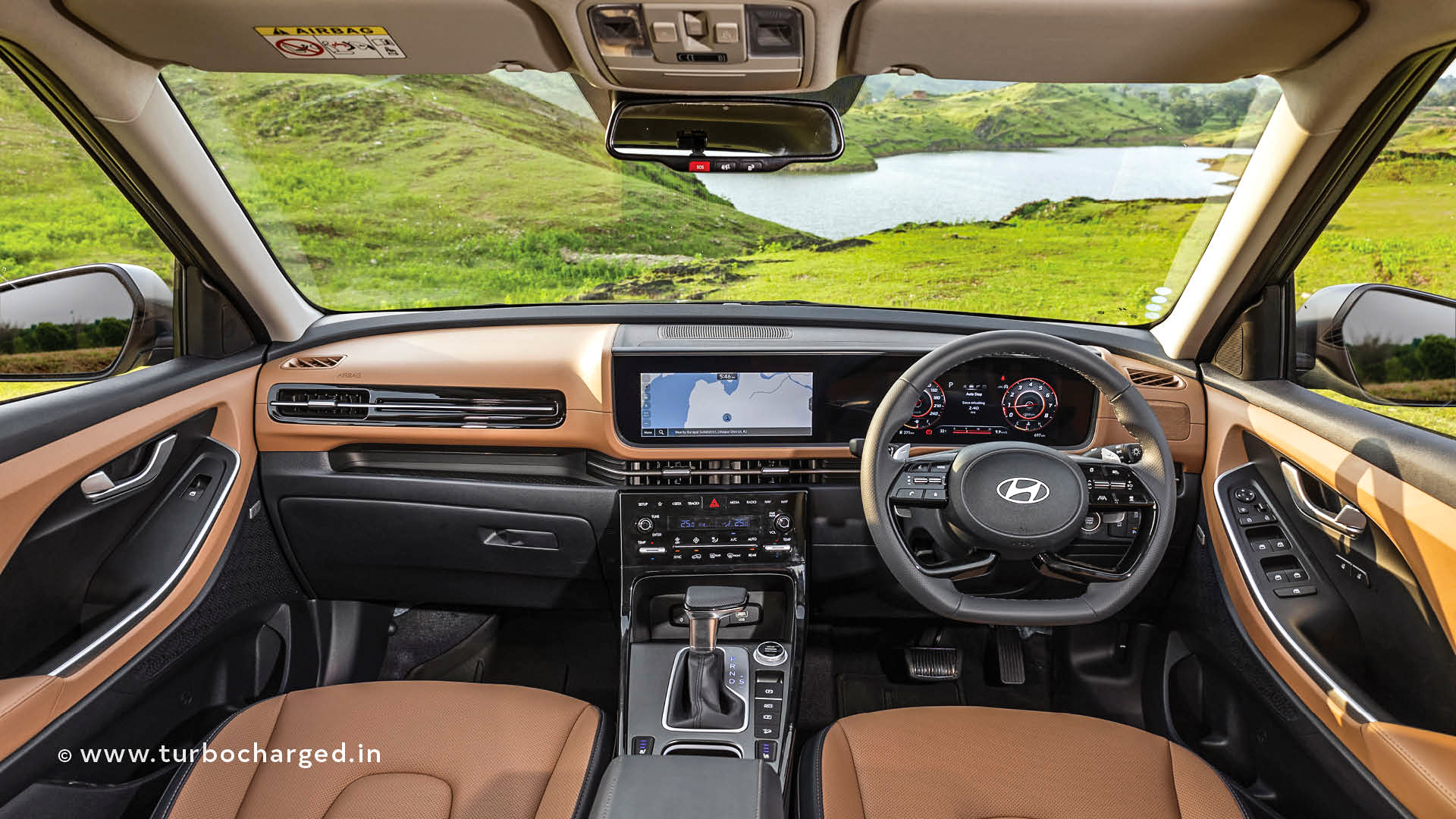
The Alcazar also looks and feels more premium from inside now. This dashboard is straight off the updated Creta, but in a different, brown colour for a more premium looks. Even the single glass panel housing the instrument cluster display and infotainment screen is borrowed from the Creta, but the Alcazar gets a touch panel for the climate control system, something the Creta does not. Quality of plastics and fit-finish levels are top notch and add to the SUV’s premium feel further. The centre console gets a brushed metal finish to add to that feel. Also, interestingly, while the top half of the cabin is finished in brown colour, the lower half is finished in a shade of dark blue. Seats are finished in brown again and get new leather upholstery. Overall, the cabin feels richer and more premium now.
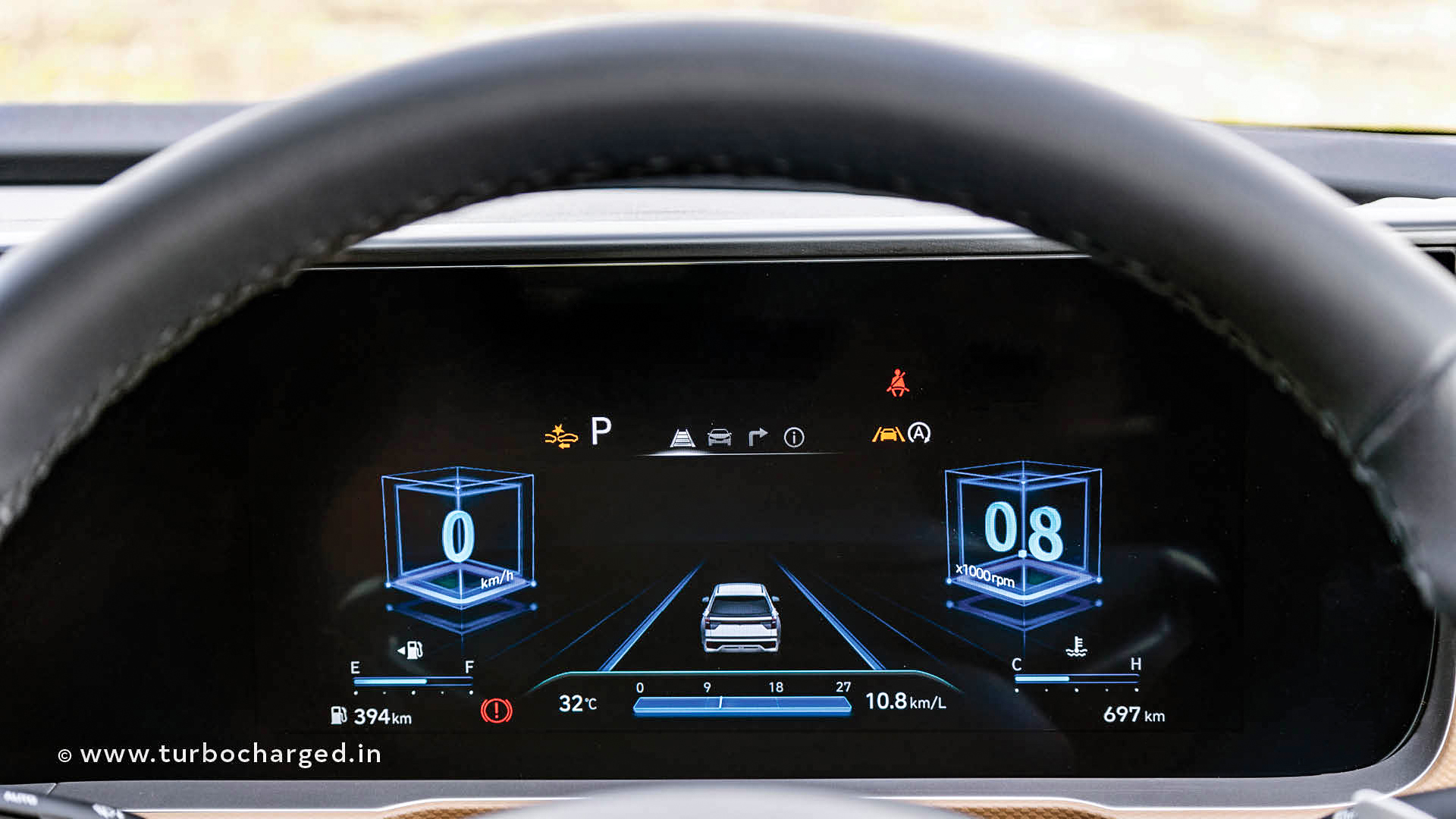
Hyundai also claims to have optimised space inside the cabin by making a few changes to the seats. And of course, Hyundai has focused on pampering second row occupants once again. So the arm rest between the second row captain seats has been removed to make the seats slightly wider, under thigh support is now adjustable (a segment first!), seats are plusher and you also get new headrests for more comfort and better snooze-ability. So while the front seats are plush, it’s the second row that’s been focused on more, keeping the chauffeur-driven lot of buyers in mind. You can also recline the seat back for additional comfort or slide the seats forward or towards the back. Third row occupants meanwhile get dedicated air-conditioning vents with blower control and a Type-C USB port on either side, just like before.
In keeping with its positioning the Alcazar also gets a bunch of new features, especially for second row occupants. These include ventilated second row seats (again, a segment first), ‘boss mode’ on the front passenger seat which essentially is additional buttons on the right side of the seat back to let second row occupants move it ahead to make more space and a wireless charging pad for the second row besides two Type-C USB ports. There’s a lot of additions on the tech side too, including a digital key, a segment first. This means you don’t need to carry the physical key fob and you can simply use the virtual key saved on your smartphone to lock or unlock the Alcazar using NFC or near field communication. There’s Amazon Alexa integration as well, to lock or unlock your car, check fuel level and tyre pressures or locate your car from your home or office and dual zone climate control too. On the safety front the Alcazar is equipped with six airbags as standard and you now get Level 2 ADAS on the top, Signature variant.
The Alcazar is on offer with the same powertrains as before, including the 1.5-litre turbocharged petrol engine offering 160PS and 253Nm, mated to either a 6-speed manual gearbox or 7-speed DCT, and the 1.5-litre diesel engine offering 116PS and 250Nm, mated to either a 6-speed manual or 6-speed torque converter automatic gearbox.
We only drove petrol version and of course, the 1.5-litre turbocharged petrol engine is a tried and tested powertrain as we have experienced it on the Verna and Creta. The engine impresses with its performance while the gearbox is quick to respond to inputs and NVH levels are impressively low. The Alcazar petrol is capable of accelerating from 0 to 100kmph in a claimed 9.5 seconds, which is again very impressive for a three-row SUV. We drove the SUV in and around Udaipur in Rajasthan and despite the powerful engine it felt very easy and nimble to drive on the city’s narrow roads, something which speaks a lot about the motor’s tractability.
We’ve also liked the Alcazar’s ride quality and overall dynamics and good news is that the dynamics remain unchanged with the facelift. The Alcazar uses McPhersons struts with coil springs at the front and torsion beam axles at the rear which help it offer a plush ride. The SUV has also impressed us around corners and at highway speeds with its stability always, and continues to do so in its refreshed avatar.
So like I mentioned at the start, the Alcazar has been quick to appeal to buyers with its premium feel and feature list and with this update, it only feels even more premium and is loaded with even more features now. The base petrol variant is priced at ₹ 15 lakh ex-showroom while the base diesel retails at ₹ 16 lakh ex-showroom. But what’s worth noting about the prices is that except for the base variant, prices for the petrol and diesel versions are identical, something we’ve not seen before! So with its kind of pricing, packaging and design, this updated Alcazar feels even more compelling as a three-row SUV.
